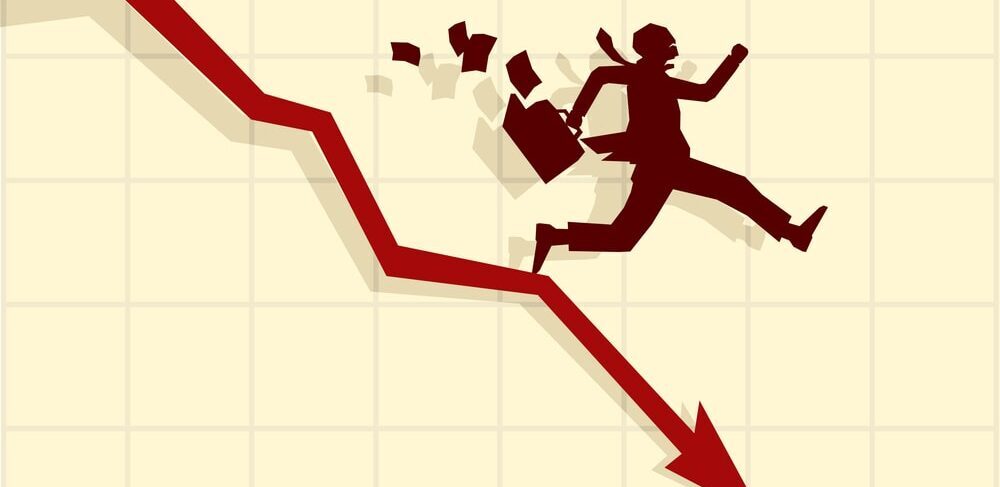Economists agree that the Fed’s aggressive rate hikes will drive economic growth to a halt, leading to a recession. Simultaneously, there’s an increased risk of a financial crisis as the U.S. central bank tries to shrink its balance sheet. As expected, the Fed on Nov. 2, 2022, lifted borrowing costs by 0.75 percentage points – its fourth straight hike of that size, which brings its benchmark rate to as high as 4%. The Fed has been quietly trimming down its balance sheet, which swelled after the COVID-19 pandemic began in 2020. It reached a high of US$9 trillion in April 2022 and has since declined by about $240 billion. The Fed is reducing its holdings of Treasury securities bought to avoid an economic meltdown early in the pandemic.
Fed Balance Sheet Basics
As part of its mandate, the Federal Reserve maintains a balance sheet. The balance sheet includes securities, such as bonds, as well as other instruments. These instruments pump money into the economy and support financial institutions.
The balance sheet has grown substantially over the last two decades. The Fed began experimenting in 2008 with a policy known as quantitative easing. In essence, the Fed prints money to buy debt to help support financial markets that were in turmoil. The Fed expanded its balance sheet drastically in 2020 to provide support or liquidity, to banks and other financial institutions. Liquidity refers to the efficiency with which a security can convert to cash without affecting the price.
But in March 2022, the Fed switched gears. It stopped purchasing new securities and began reducing its holdings of debt in a policy known as quantitative tightening. The current balance is $8.7 trillion, two-thirds of which are Treasury securities. The result is that there is one less buyer in the $24 trillion treasury market. The treasury market is one of the largest and most important markets in the world and that means less liquidity.
Loss of liquidity
Markets work best when there’s plenty of liquidity. But when it dries up, that’s when financial crises happen, with investors having trouble selling securities or other assets. This can lead to a fire sale of financial assets and plunging prices.
Treasury markets have been unusually volatile this year, resulting in the biggest losses in a decade. This is partly due to the Fed rate hikes, but another factor is the sharp loss of liquidity as the central bank pares its balance sheet. A drop in liquidity increases risks for investors, who then demand higher returns for financial assets. This leads to lower prices.
The loss of liquidity not only adds additional uncertainty to markets but could also destabilize financial markets. For example, the most recent quantitative tightening cycle, in 2019, led to a crisis in overnight lending markets. Banks and other financial institutions use lending markets to lend each other money for very short periods.
Given the sheer size of the Treasury market, problems there are likely to leak into virtually every other market in the world. This could start with money market funds, which are held as low-risk investments for individuals. Since these investments are risk-free, any possible risk has substantial consequences – as happened in 2008 and 2020.
Other markets are also directly affected since the Fed holds more than just Treasuries. It also holds mortgages, which means its balance sheet reduction could hurt liquidity in that market too. Quantitative tightening also decreases bank reserves in the financial system, which increases the risk of a crisis.
The last time the Fed tried to reduce its balance sheet, it caused what was known as a “taper tantrum” as debt investors reacted by selling bonds, causing bond yields to rise sharply, and forcing the central bank to reverse course. The long and short of it is that if the Fed continues to reduce its holdings, it could stack a financial crisis on top of a recession, which could lead to unforeseen problems for the U.S. economy – and economies around the globe.
A two-front war
For the moment, Fed Chair Jerome Powell has said he believes markets are handling its balance sheet rundown effectively. And on Nov. 2, the Fed said it would continue reducing its balance sheet – to the tune of about $1.1 trillion a year. Obviously, not everyone agrees, including the U.S. Treasury, which said that the lower liquidity is raising government borrowing costs.
The risks of a major crisis will only grow as the U.S. economy continues to slow as a result of the rate hikes. While the fight against inflation is hard enough, the Fed may soon have a two-front war on its hands.











